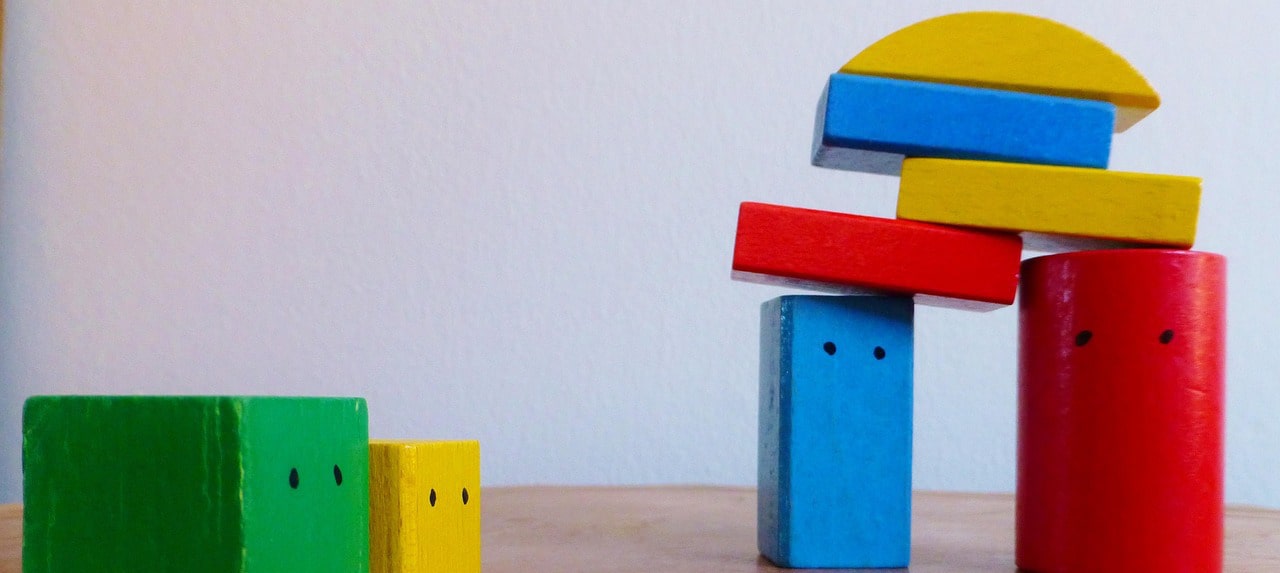Play Therapy
FSA recently created a play therapy room for outpatient clients. The room is similar to a typical counseling office with an inviting feel to younger kids. Some items in the play therapy room are: decals on the wall with trees, squirrels, and birds; animal puppets and a puppet stage for kids to perform; large building blocks; a drawing table with color pencils, markers, and crayons; a huge whiteboard for kids to write and/or draw on; and beanie bag chairs
So what is play therapy and why is it used over normal talk therapy? In the book No-Talk Therapy for Children and Adolescents, Strass explains play therapy, “For these children, therapists need an entirely new clinical language, one that doesn’t depend on words. Through empathy and respect, games, activities, community involvement, a circle of adults, and little pleasures, this approach emphasizes individual connection, competence, and creativity. Going beyond other methods, no-talk therapy begins to provide these anxious, sullen, enraged, and confused kids with the self-confidence, self-esteem, and self-awareness to develop a voice of their own.” Basically, play therapy allows younger clients to experience counseling which is developmentally geared towards their age bracket. Generally play therapy is used with ages 10 and under, but that does not mean elements of play therapy cannot be used with older youth as well.
When I utilize the play therapy room, I let the client decide what they are going to play with. I play along with the activity and generate scenarios and questions towards experiences they have in their life. Some examples would be having a puppet play out daily arguments with mom and dad, or writing or drawing dialogue on the whiteboard of conflicts at school. With older and younger kids, I have played emotional Uno and Candyland. In Uno and Candyland, when a client changes the color, the color they change to is an emotion and they will think of a time where they felt this emotion. For example, the client changes the color to blue then they would talk about a time when they are sad. Usually those dialogues in the game lead to further discussion to help clients be able to problem solve issues in their lives. Using elements of play really allows kids to be more in control and makes them feel a lot more comfortable expressing what they are feeling.
Play therapy also allows for therapists to gather non-verbal information such as body language. Body language can tell a therapist a lot about what may be going on with a client and younger clients often express a lot of different gestures and behaviors. For example noticing a client wiggling a lot during times they talking about stressful things or a client saying they are physically sick but they are actually really anxious.
As the therapist I really enjoy working with the younger clients. Truth to be told, it so enjoyable to be challenged and to find out what is going on in the little ones head in order to get to the heart of the problem.


